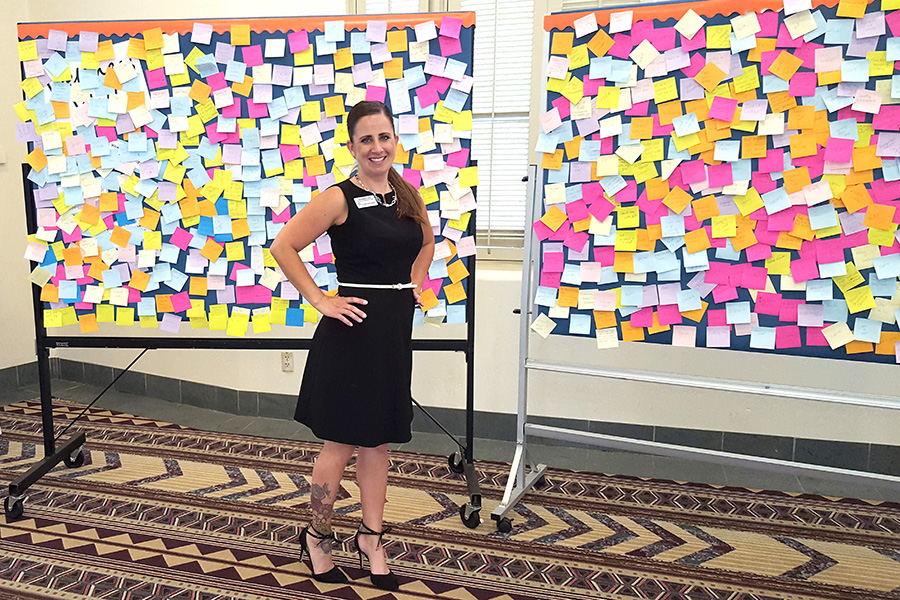In our last column, we focused on social and emotional competence of children—how children feel about themselves and their place in the world. It’s one of five Protective Factors outlined in the Strengthening Families™ Framework (the others are parental resilience, social connections, concrete support in times of need, and knowledge of parenting and child development).
As the school year hits its stride and we welcome the official start of the holiday season, we become busier. The fall months provide a great opportunity to focus on knowledge of parenting and child development.
According to Claire Louge, Training Director for Prevent Child Abuse Arizona, that’s the “what” and “how” of parenting: understanding what skills it takes to raise a child, what to expect as your children grow and learn, and how to handle whatever parenting throws at you next.
For example, it’s typical for a two-month-old to cry or fuss when their activity doesn’t change- they get bored too! Toddlers will begin to develop increased curiosity in the world outside your home—and they’ll ask lots of questions. School-aged children begin to show more independence from their parents. It’s typical for a younger teen to show concern about her body image, or to experience moodiness.
The Parent Information page on the U.S. Centers for Disease Control website is a great resource for developing a deeper understanding of parenting and development. Visit it at https://www.cdc.gov/parents/.
Here are a couple of tips from each section (the page is organized by child’s age, from pregnancy through age 19):
- Pregnancy: If you’re planning to travel (domestically or internationally), talk with your doctor first. Be sure to research the medical care available at your destination. Eat healthy meals—your baby eats them, too!
- Infants and Toddlers (ages 0-3): Place your baby on his or her back for all sleep times (naps and at night) and keep soft bedding and toys out of the sleep area. Read to your children as much as possible. Communicate and be consistent with your expectations.
- Children (ages 4-11): Know which type of car seat your child should be using. Infants up to age 2 should use a rear-facing seat. Through age 5, children should use a forward-facing seat with a five-point harness. After age 5, a child should sit in a booster seat until seatbelts fit correctly. Children should always be buckled properly. Continue to show affection for your child, and help him to develop a sense of responsibility by asking him to help around the house.
- Teens (ages 12-19): Teens have greater ability for complex thought, so be honest and direct when talking about sensitive subjects. Be clear about your expectations (for grades, chores, etc.) and be open to your teen’s input on how to meet them.
When you have appropriate expectations for your child’s behavior, it’s so much easier to be an effective parent—and to enjoy the process.
Editor’s Note: look for the Strong Families, Happy Kids column in every issue of Prescott Woman Magazine. It’s designed to support parents with actionable tips and strategies they can use to create optimal environments for their children to thrive. To learn more about Prevent Child Abuse Arizona’s mission and resources visit www.pcaaz.org

